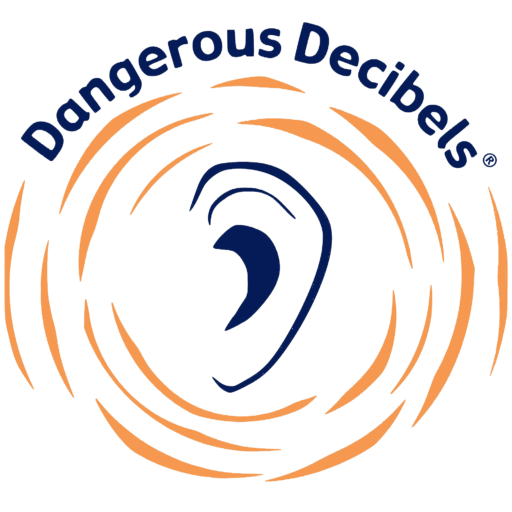Three student volunteers are used for this activity, one student positioned at each measurement location. If you have 3 SLMs, each student will have their own SLM. In most cases, Dangerous Decibels educators have only 1 SLM and in this case, the single SLM is passed from one measurement location to the next by the educator.
Be sure to instruct the student volunteers in advance of turning on the blender. Let them know you will start the blender and their job is to read the number of decibels on the SLM and remember it. While the blender is running, the educator should go to each student’s location and also remember the dBA levels in case a student volunteer forgets their number during class discussion. Once the measurements are made, the educator goes back to the first measurement position and turns off the blender.

Ask the students what they learned from this activity. They should answer that sound energy DECREASES as you move away from the source. Occasionally students may ask if it is dangerous to use a blender at home. Typically, we reassure the students that making a smoothie only takes a short amount of time and they can always step away from the blender while it is mixing. However, if they grow up to be a teen working in a smoothie shop, then their sound exposure would be longer because the blenders are running all day long. In this case, it might be a good idea to use earplugs to protect their hearing because they may not be able to walk away each time a blender is turned on.
